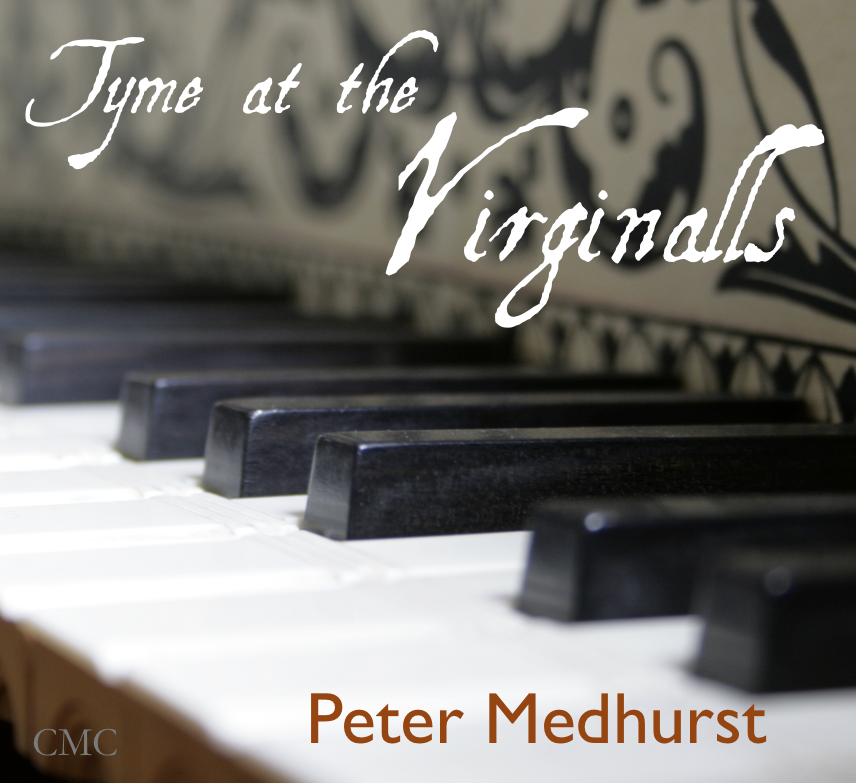
Despite his early death in 1695, Henry Purcell remains one of the finest musical figures of the late Baroque era, an all round English composer who wrote in a wide variety of musical forms ranging from tiny 16-bar harpsichord pieces to large scale works for the theatre.
The lecture looks closely at Purcell’s music to see exactly what it is that gave him his unique and distinctive musical voice. It also compares his style with that of contemporary musical wizards on the Continent, and goes on to assess the impact that Purcell had on later generations of composers, including Handel, Haydn, Tippett and Britten.
There will also be a chance to sample some of Purcell’s songs and harpsichord works and music, which Peter Medhurst will perform live during the event. Music may include Prelude from Suite in G minor, Rondo from Abdelazar, Sweeter than Roses, Lord what is Man?, Crown the Altar, She Loves and She Confesses too, A New Ground, Suite in C major.
Henry Purcell: Prelude from Suite No 2 in G minor for harpsichord – played by Peter Medhurst
________________________________________
Vermeer – the musical pictures
The Dutch paintings of the 17th century which show musical scenes are among the most evocative and best loved of the period. However, the presence of music in the pictures of Vermeer and his contemporaries goes far beyond mere representation and appears to carry hidden and complex meanings that the viewer must attempt to decode, in order to get to the heart of the picture. Peter Medhurst discusses in great detail Vermeer’s musical scenes and performs a selection of period songs and keyboard music to complement the pictures.
________________________________________
Behind Closed Doors – music in the art of the 17th century Dutch masters
 The paintings of Vermeer, Steen, Leyster, de Hooch etc allow the 21st century viewer fascinating glimpses into the private world of everyday life in the 17th century Low Countries. Glimpses that reveal ordinary people going about their ordinary, every day, business. Interestingly, over 10% of these genre paintings contain references to the world of music, reminding us of the unusually high level of musical interest – both practical and intellectual – in this region of Europe. Why this should be so, and the extent and variety of this pre-occupation with music, is the theme of the lecture. As with the Vermeer presentation above, a copy of a mid 17th century virginals (Jean Couchet) is available for performance, if desired.
The paintings of Vermeer, Steen, Leyster, de Hooch etc allow the 21st century viewer fascinating glimpses into the private world of everyday life in the 17th century Low Countries. Glimpses that reveal ordinary people going about their ordinary, every day, business. Interestingly, over 10% of these genre paintings contain references to the world of music, reminding us of the unusually high level of musical interest – both practical and intellectual – in this region of Europe. Why this should be so, and the extent and variety of this pre-occupation with music, is the theme of the lecture. As with the Vermeer presentation above, a copy of a mid 17th century virginals (Jean Couchet) is available for performance, if desired.
A note on the virginals muselar

Three paintings by Vermeer show young ladies playing the virginals muselar, a plucked keyboard instrument of the harpsichord family. Although the instrument is limited to one string per note, some makers in their design included a handstop called the arpichordum, which positions a series of metal ‘hoops’ adjacent to – but not touching- the strings in the tenor and bass areas of the instrument. When the strings are plucked they vibrate against the ‘hoops’ and the result is a buzzing, eerie, almost other worldly, sound. The photograph to the left shows the arpichordum stop ready for use. The optional tone colour is particularly effective when the bass of a musical composition contains an ostenato, as in the following piece Non exspextat by Anon.
Anon – Non exspextat – played by Peter Medhurst on a copy of Jean Couchet’s Virginals c1650





![The Scotish [sic] Gigg](https://petermedhurst.com/wp-content/uploads/2012/08/Peter120813untitled-shoot-2.jpg)